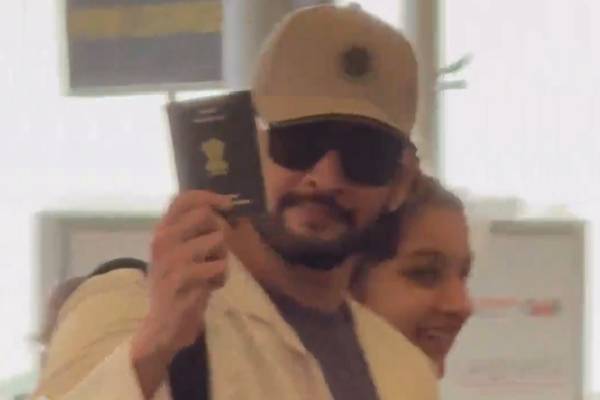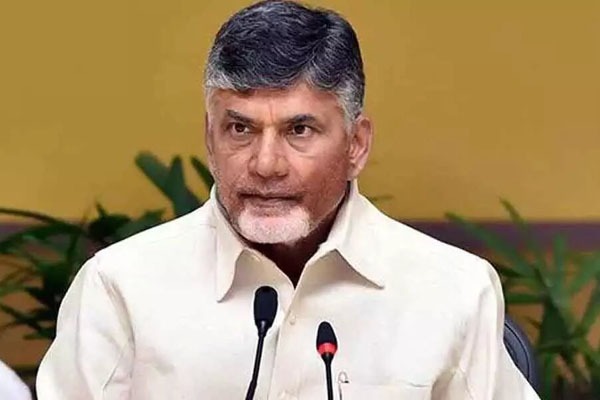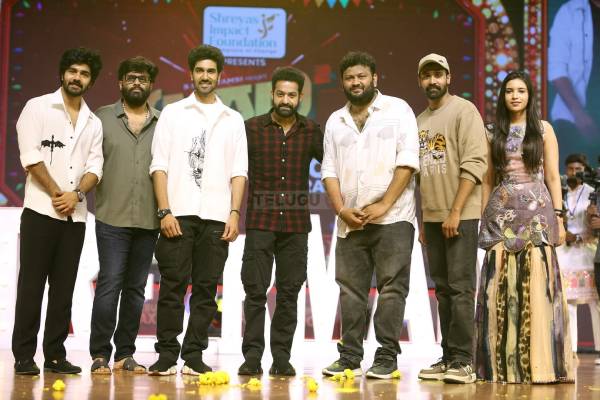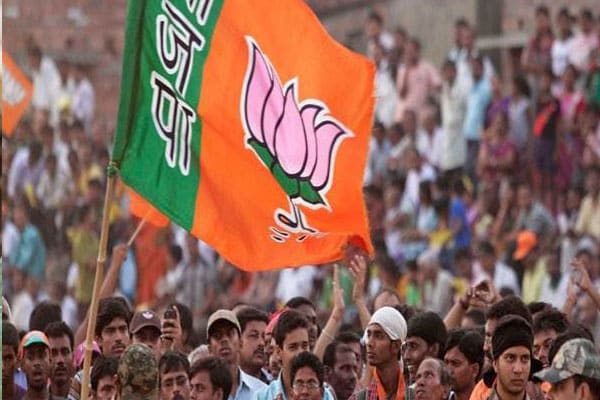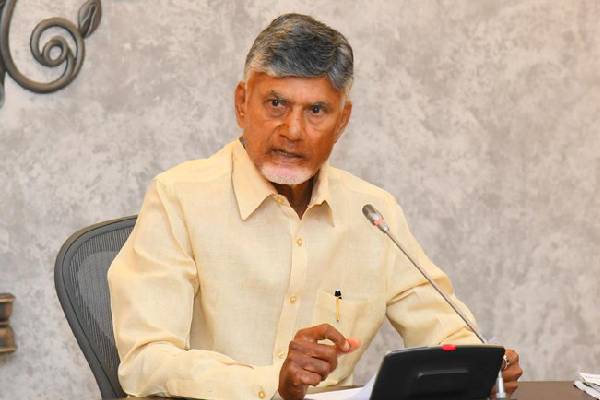The Bharatiya Janata Party (BJP) victory in Gujarat was largely based on the support it received in the urban areas. In rural areas, however, the Congress generally held sway. As a result, the urban-rural divide, or what has been called the gulf between “India” and “Bharat”, was quite prominent in the state.
What this division also highlighted was that the BJP was able to overcome the dissatisfaction among the people over the economic disruption caused by demonetisation and the GST more effectively in the towns than in the villages.
Not only that. It also meant that the city-dwellers were more forgiving towards the BJP not only for its economic missteps but also its authoritarian style of governance represented by Narendra Modi, who remained the foremost political figure in the state, completely overshadowing the unprepossessing Chief Minister, even though the Prime Minister has moved to Delhi.
His remote control over the state, therefore, via the party president, Amit Shah, has been operative. The fact that both are Gujaratis has helped. Gujarat in this respect is different from most of the other states because it is more urbanised than the rest with over 40 per cent of the population living in towns. The mercantile spirit, therefore, is not the state’s only distinguishing feature.
Since urban attitudes are known to be different from those common in rural areas — in the sense of the people being more impersonal and indifferent towards others — the electoral fallout of this dichotomy as the country becomes more urbanised will be of interest to both psephologists and sociologists.
Although urbanisation is a trend which is generally appreciated, as it is seen as a natural progression from farms to factories and a measure of advancement in terms of education and social mobility, it also has its pitfalls. The people of India had a stark reminder of these when it became clear that the Emergency of 1975-77 had more backers among city folk — because the trains ran on time, as the saying was at the time — than among villagers. Indeed, it was widely said after Indira Gandhi’s defeat in 1977 that “Bharat” had saved “India”.
If the “unwashed masses” had not come out in large numbers to use their only source of hope — the ballot paper — to vote out the Congress, India might have become a banana republic because Sanjay Gandhi, the enfant terrible of the Emergency, felt that his mother had made a mistake in calling for the elections. Moreover, there are still some people who have a word of praise for Sanjay Gandhi.
What their views underline is the continuing preference for a “strong” leader who will put everything right even if it means driving coach and horses through democratic norms. Not surprisingly, Indira Gandhi continues to be one of the popular Prime Ministers with few being bothered by the suspension of civil liberties for at least two years of her reign.
As is known, one of the reasons for Modi’s popularity is the perception that he is “strong” with not many caring about Manmohan Singh’s caveat that if such an image is acquired by presiding over the massacre of thousands of innocent people, as during the Gujarat riots of 2002, then he does not want to be that kind of a person.
If “strength” is more admired in urban areas, as the Gujarat election results suggest, the reason perhaps is that in the atomised social structure of the towns, all that is of importance is the prevalence of law and order even if it entails an element of high-handedness by the law-enforcing agencies. As long as one is not personally inconvenienced, he or she is not bothered about what is happening to others.
The social conscience is stifled and the so-called “NGO-types” who worry over instances of overt or covert injustice are derided as bleeding-heart liberals. This indifference of the average citizen towards transgressions of the law is one of the reasons why there is much approbation among urban residents of the police practice of “fake” encounters, which usually means that a suspect is killed in cold blood on the plea that the accused fired first.
It will be a mistake, however, to take an uncritical, romantic view of the pastoral scene. It is not as idyllic as is usually portrayed in feature films. As Ambedkar said, the countryside is “a sink of localism, a den of ignorance, narrow-mindedness and communalism”. In his denunciation of villages, Ambedkar reflected Marx’s view about the “idiocy of rural life”.
At the same time, stereotyping the residents of the two areas may be unwise. While the villagers can be narrow-minded, they are generally less communal than those living in cities, notwithstanding the greater educational opportunities which supposedly broaden the mind and the chances of upward mobility available to the latter. Communal outbreaks, as in Gujarat in 2002, and the ghettoisation of Muslims in the metropolises tend to confirm such impressions.
India’s urbanisation, therefore, may not be an unmixed blessing, especially because of the increasing visibility of extreme right-wing forces.






















